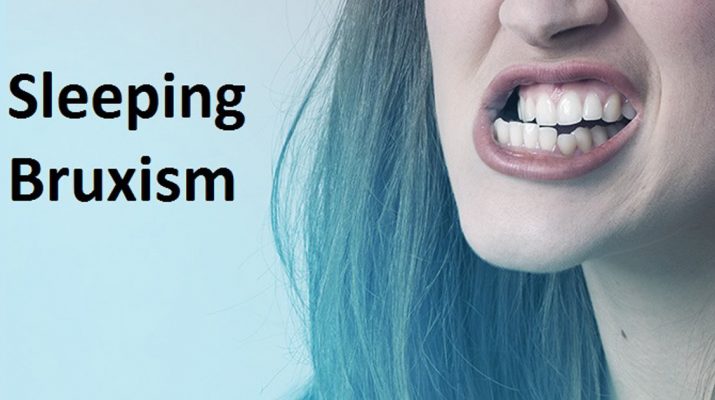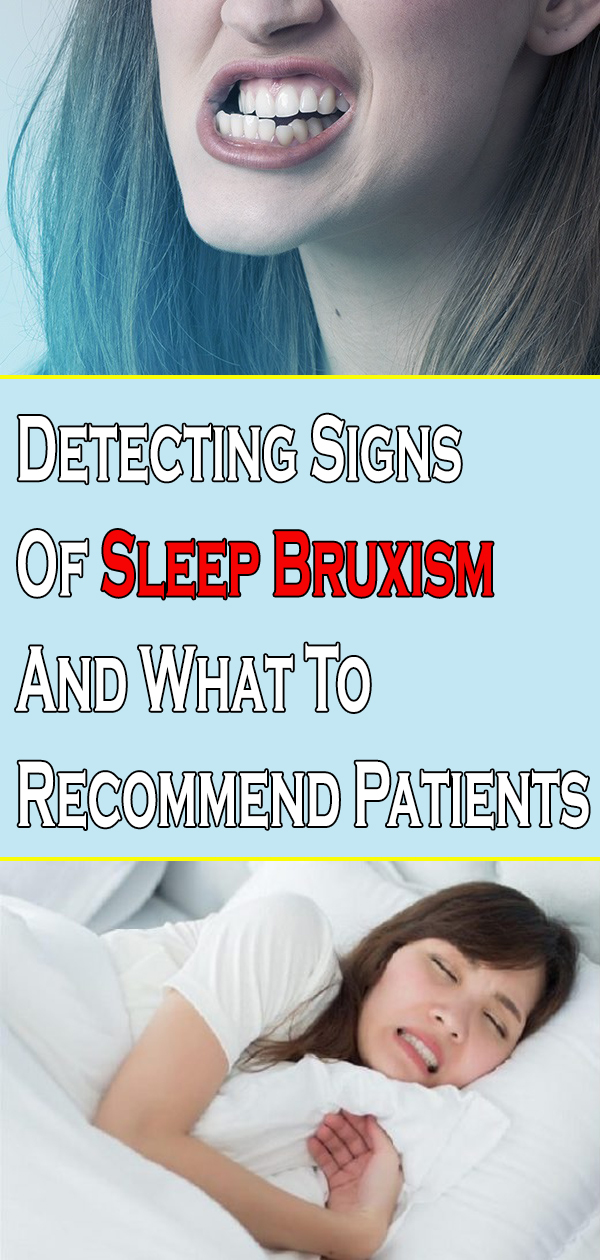Sleep bruxism is a sleep-related disorder that involves the grinding, gnashing or clenching of teeth during the night. Often, sleep bruxism is fine to be left untreated, but frequent grinding may lead to more serious complications that require dental intervention.
It’s important to be able to detect signs of sleep bruxism to prevent long-term jaw damage, tooth damage and chronic headaches, but doing so can be tricky – a person themselves may not even realise they have the condition if it is taking place during sleep. The most common signs of sleep bruxism are as follows:
- Teeth that have a flattened appearance
Over time, the constant grinding of sleep bruxism can wear teeth down and give them a flattened appearance. The tooth enamel may be worn, which can lead to exposure of the inner layers of the teeth. Look for teeth that are more even and consistent in size from the left to the right side of the mouth.
- Patient complains about tight or sore jaw
Even if they may not notice at the time, sleep bruxism can cause a dull, throbbing ache in the jaw when patients wake up in the morning. They may also refer to the pain as a “tightness” in the jaw. The pain may extend beyond the jaws to the head, originating in the temples, and the ears.
- Chipped or loose teeth
If you notice that a patient has cracked, chipped or loose teeth, without an obvious underlying cause, it may be that sleep bruxism is a factor. Long-term grinding can eventually cause teeth to become loose, putting them at risk of falling out. It’s also possible to crack or break off a part of a tooth through grinding alone.
- Patient has another sleep disorder
It is often the case that patients with bruxism also suffer from sleep disorders such as sleep apnea. If you’ve noticed signs of sleep bruxism in a patient’s mouth, it’s a good idea to ask them about their general sleeping pattern, as sleep apnea can cause disturbances to the sleep that a patient is far more likely to be aware of.
Advising patients with sleep bruxism on how best to treat the issue is usually dependant on the severity of the issue. In more serious cases, a patient may need to undergo dental correction to repair the damage caused by grinding. This could involve reshaping the teeth and using crowns to build up volume.
Alternatively, it may be enough to offer a patient a mouthguard that can separate the teeth and prevent damage from grinding. Advising a patient to practice stress management and behavioural changes may also help the issue. Occasionally, a patient may be offered muscle relaxants or Botox injections if they’re not responding to other treatment.
If you want to stay in the know, it’s always worth looking out for more info on sleep bruxism. The better informed you can be, the easier it’ll be for you to diagnose sleep bruxism and help patients take the relevant steps forward to treating the issue.


